Children are the most vulnerable victims of russian aggression. Currently, according to UNICEF, about 700 children have been killed in the war in Ukraine, and more than 1,800 have been injured. Every fifth child in Ukraine has lost a relative or close person. Almost every child lives with the impact of the war on their childhood. Stories about war-affected children, particularly in international media, evoke the greatest emotional response in the audience. Therefore, each journalistic material is a small brick in the evidence base that russia is committing genocidal actions against Ukraine and Ukrainians. This was said by Yuliya Surkova, a media coach and journalist with experience in covering the war in international media since 2014, during a mentoring session as part of the training course called Strengthening the Resilience of Frontline Media as a Tool for Combating Disinformation.
“There is a famous quote by the writer Mark Twain: he said that you should write for children the same way you write for adults, only better. Paraphrasing it, I always say that you should write about children the same way you write about adults, only better. Writing about children is important because it is part of our historical memory, advocacy, and the path to justice. But when we write stories about children who have experienced one or another terrible situation, we should remember that the child is more important than their trauma. Therefore, all journalistic stories should be as empathetic as possible,” Yuliya Surkova noted.
The following are some basic rules for journalists working with children.
Permission for interviews, photo, or video shooting
Yuliya Surkova says that when she is going on a business trip to the front line or to cover shelling results or other tragic events, along with a basic set of things, she takes with her consent forms from parents or guardians for filming or interviewing children. This is a basic rule defined in the UN Convention on the Rights of the Child, which Ukraine has ratified.
“When you are within an extreme event, you must immediately introduce yourself and indicate that you are a journalist. After all, in chaos, a child cannot always understand what kind of person has approached them – whether you are a volunteer, an employee of a humanitarian organization, or just a caring person,” adds Yuliya Surkova.
Suppose the newsroom does not have a letterhead for consent to photo or video shooting. In that case, you should simply indicate the necessary information on a blank sheet of paper and ask the child’s parents or guardians to sign.
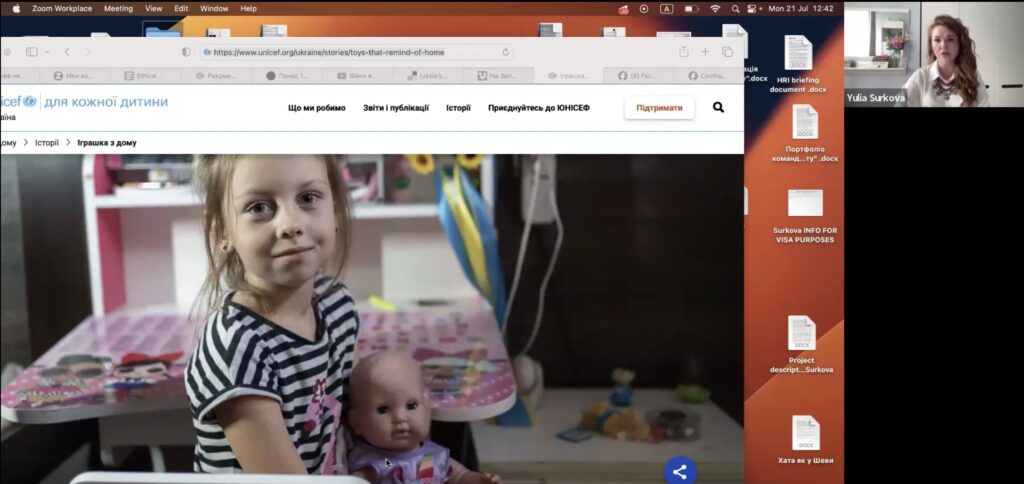
“An important nuance: even if the parents or guardians you are negotiating with are not against this interview, you should still ask the child. The child’s voice is the main one in this situation. If the child does not want to communicate, this is a sign to stop and not make a story,” says Yuliya Surkova.
There are separate requirements for filming children who are HIV-positive: the faces of such children cannot be filmed or shown. Therefore, they are filmed from behind or their faces are blurred.
There are also warnings regarding children who are in orphanages or foster homes, to protect their privacy. After all, it may happen that their biological parents will recognize them, start, for example, looking for them, and create problems for both children and caregivers.
Re-traumatization: why children’s stories are not sensational news
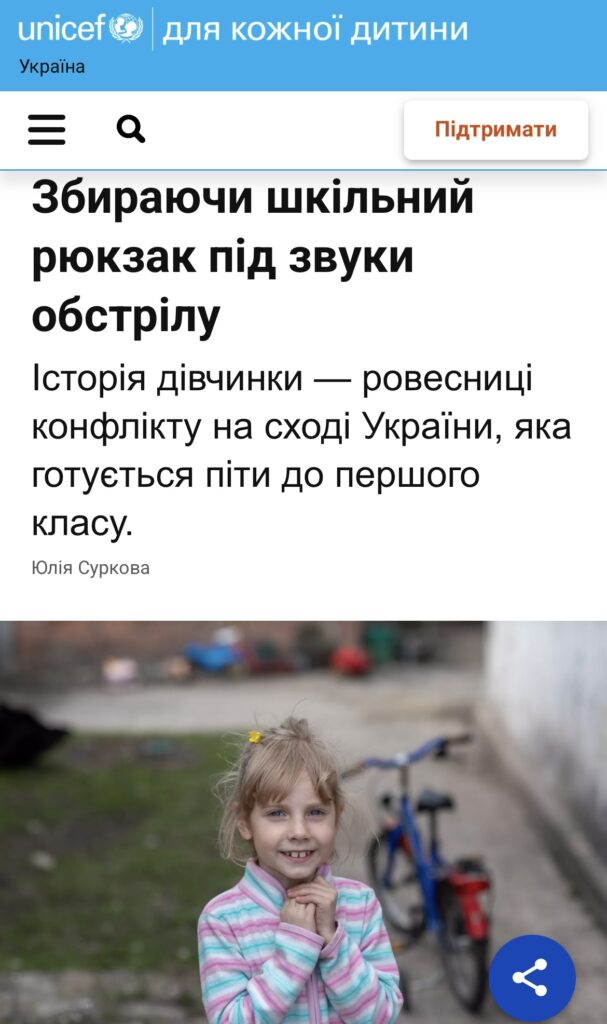
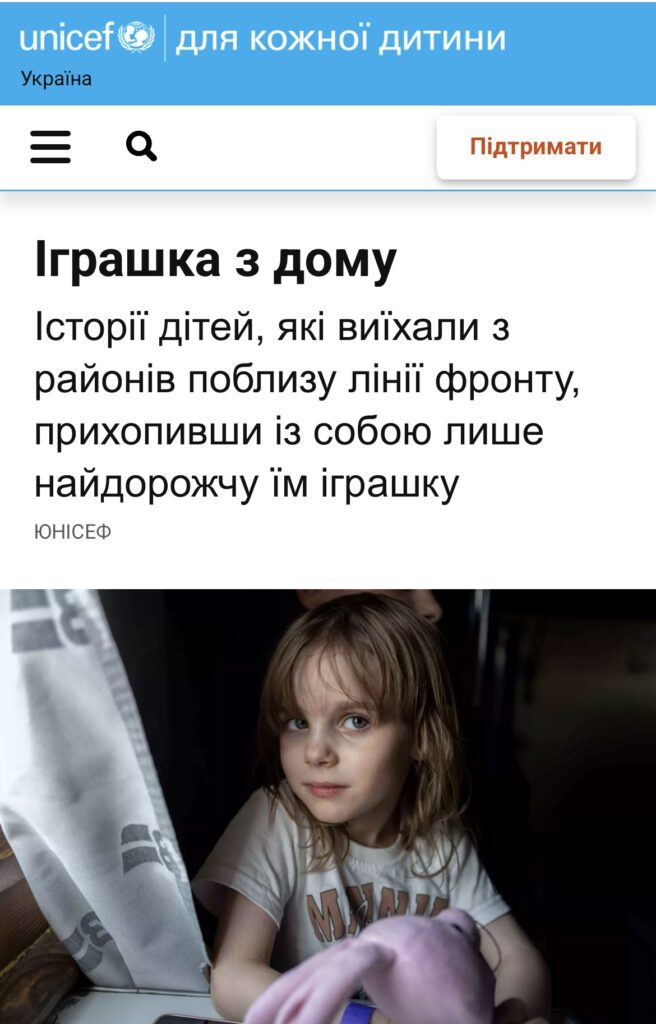
Children’s stories are not something that can be called ‘breaking news’, not news of a sensational nature, not something that should be shown quickly after a shelling or other event.
“When we immediately communicate with a child who has experienced a traumatic experience for such ‘hot’ news, we can re-traumatize them, that is, inflict re-trauma on them by asking him about the tragic events. Therefore, children’s stories take time. This involves preparing a safe environment (for example, meeting not near the ruins of a house, but somewhere in a park), ensuring a calm and trusting conversation.”
When preparing journalistic materials about children, it is worth avoiding excessive detailing of events. For example, when the infamous game ‘Blue Whale’ became wide-spread, and journalists covered children’s suicides, many media workers made the same mistake: they described in detail how exactly the children committed this suicide: what pills they swallowed, how they threw themselves from the roof, etc.
“This is very unethical: we have no right to show other children a kind of ‘recipe’ on how to do it,” comments Yuliya Surkova. “The detailing of sexual crimes is also unethical. And you should also carefully choose the vocabulary that will not offend the child.”
The journalist gave an example saying that at the beginning of the full-scale invasion, she was making a report about children who were then living in an underground parking lot, since the city was being heavily shelled at that time. At the same time, a story about these children was aired on one of the Ukrainian TV channels under the title Children of the Dungeon. After the release, one of the parents of these children went to war because he said he could not remain in a civilian position after the whole country called his children that. Of course, according to Yuliya, this is an adult’s choice. But should journalists have pushed the man to do this? Probably not.
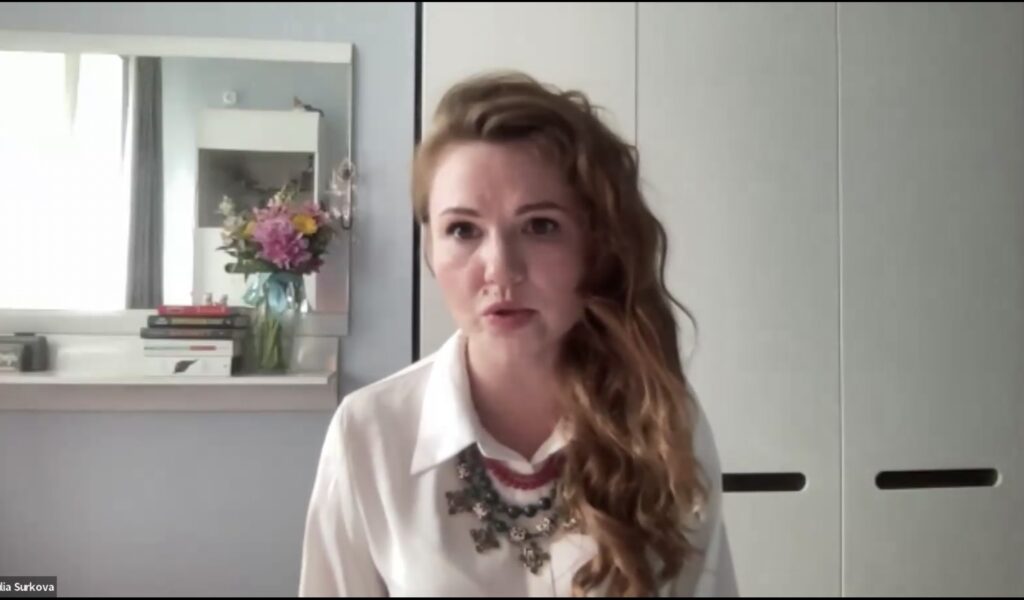
The right not to answer
To communicate with the child, you need to choose a quiet place and take into account an important detail: you need and lower yourself to the child’s height so as not to put them in an awkward position. Therefore, it is better to kneel or sit down so that your eyes are at the child’s eye level.
In addition, when asking a child about what happened to them, you should not pressure them. The journalist should not only introduce themselves, tell why they are taking this interview, but also warn that the child has the full right not to answer questions that they do not like.
“Usually, children are raised in such a way that if an adult asks, then they must answer. But it may be painful for a child to talk about some things, and they cannot refuse, because you are an adult. Therefore, you must definitely say that it is their right to answer or not.”
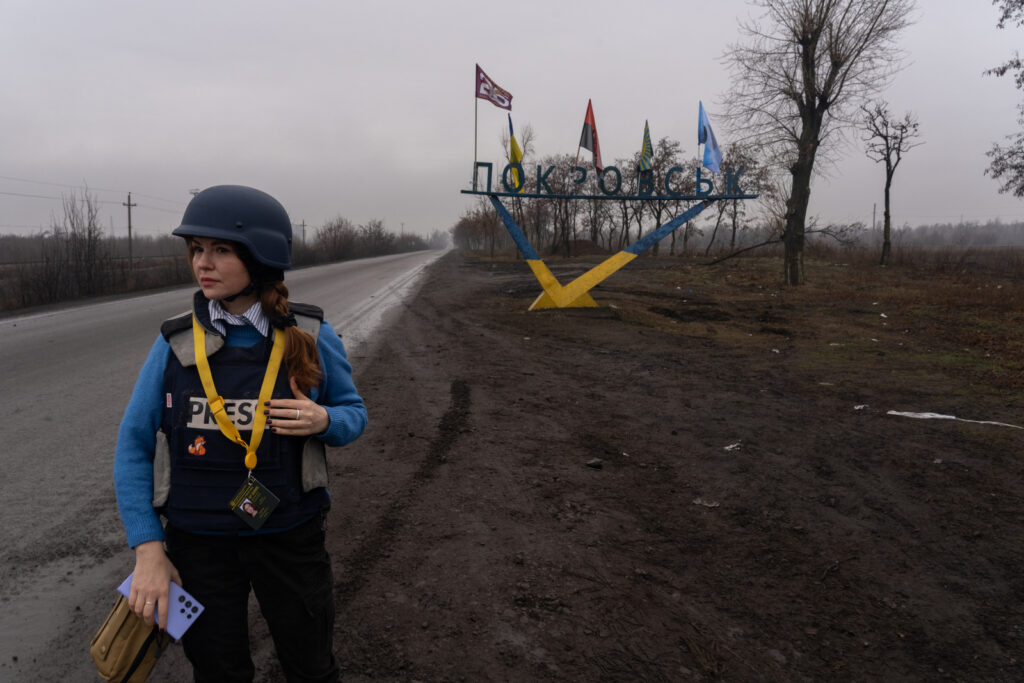
Do not limit yourself in time
Despite the deadlines that journalists live by, when working on children’s stories, you should not try to meet any time limits. Perhaps, in order to conduct an in-depth interview, you will need more than one meeting.
Yuliya recalls: even before the full-scale invasion, she interviewed a boy who had blown himself up on a landmine with his friends. He was the only one who survived.
“When we arrived at the hospital, we understood that we had no moral right to question a child who had seen his friends die in front of him a few hours earlier. The boy had no parents who could visit him in the hospital, and his grandfather simply asked us to sit with him, as a human being. At first, we just played a game. In our second meeting, the boy asked to be taken outside. And when we arrived for the third time, he had to be discharged from the hospital. And at some point, he himself said that he would like to tell about his friends. He would like something to be written about them. I didn’t even ask any questions. My colleague turned on the camera, and the child simply spoke out. And this is the story he saw. It’s been 7 or 8 years since then, but I still remember that interview,” says Yuliya. She added that if she had started asking him questions at the first meeting, the material would not only not have turned out so profound, but would have also caused additional trauma to the child.
Taboo, but super wide-spread: what question a child should not be asked
Often, says Yuliya Surkova, colleagues from international media, covering shelling in populated areas, constantly ask an inappropriate question: “What did you feel at that moment when? “ This is exactly the question that leads to re-traumatization.
You should also avoid questions that may cause a child to feel shame or guilt. For example, “Why didn’t you hide when the shelling happened?” or “Why didn’t you leave?” and others.
You should also not ask questions that relate to decisions. For example, asking whether the child wants to return home. Because this is a decision that the parents will make.
Similarly, you should not “console” a child or promise something if you cannot fulfill it.
“Journalists often say something like, “Everything will be fine, the war will end soon, and you will be able to return home.” This is unfair because the child believes you. You are an adult and also a journalist. After that, the child will feel very disappointed.”
End with “something positive”
Most often, it happens that a child finds it difficult to talk about his traumatic experience – being in an occupation or under shelling. If it is difficult to talk about himself, you can switch their attention to someone who was with them. The child can talk about their mother, their pet, and their favorite toy.
“When we end the interview, it is worth ending with a conversation about something good so that you do not leave the child traumatized. The last questions should be, for example, about the child’s dream, about how they will spend the summer, about their hobbies, favorite books, etc.,” adds Yuliya Surkova.
After all, if a journalist understands that publishing this story could somehow harm a child, it is better to refuse the material altogether, despite all the work done.
***
During the mentoring session, the participants discussed topics that they could work on for their future journalistic materials. The editors of local media noted that topics about children are quite difficult for them. For example, information about children who were returned from russia is practically impossible to obtain. In many cases, schools or other children’s institutions cannot be named for security reasons. In addition, as the editor-in-chief of the Visti Prydniproviya newspaper, Oleksii Kovalchuk, noted, the newsrooms lack the human resources to allocate enough time for long-term work with children’s stories:
“Usually, there are “one and a half” people in the newsroom; we join many projects to survive, and there are not enough employees.”
But during the practical part, together with the media coach, each of the participants identified topics that they could implement. Among them are the relocation of orphanages, distance learning and returning to school, the lives of children who have not left frontline communities, and others.
The project is funded by the Embassy of the Republic of Lithuania in Ukraine within the framework of the Development Cooperation and Democracy Promotion Programme.


 THE NATIONAL UNION OF
JOURNALISTS OF UKRAINE
THE NATIONAL UNION OF
JOURNALISTS OF UKRAINE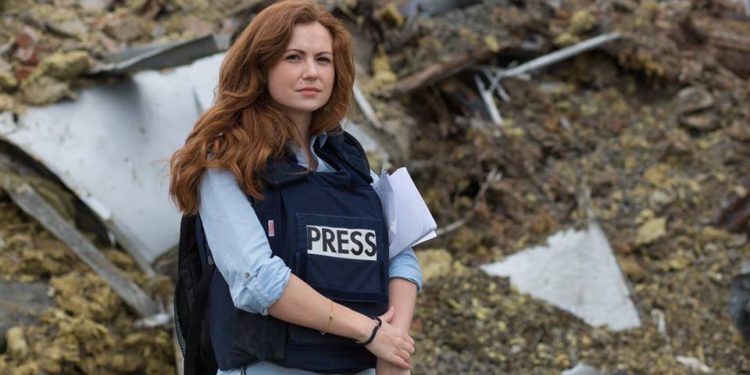
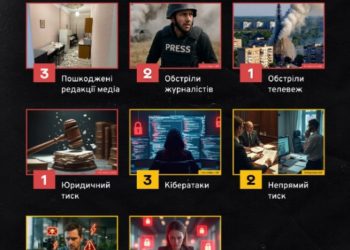


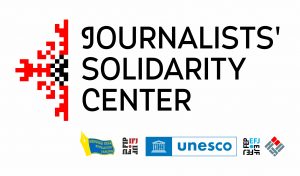




![International Media Organizations: peace plan mustn’t envision amnesty for crimes against journalists 15 Ukrainian flag on Independence Square [Maidan Nezalezhnosti] in Kyiv, Ukraine (archive image). EPA-EFE / Oleh Petrasiuk](https://nuju.org.ua/wp-content/uploads/2025/12/maidan-flag-yezhak-2022-120x86.jpg)







Discussion about this post